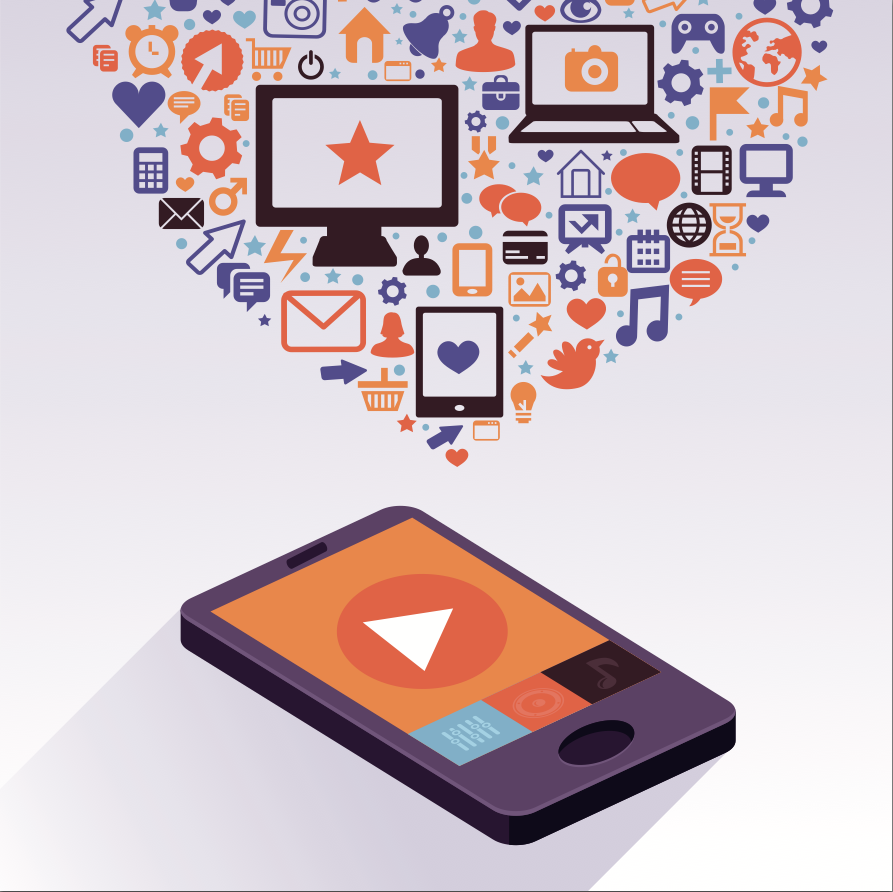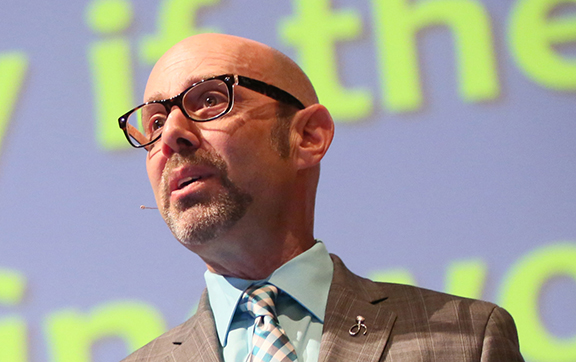I often present about the “4 steps to more sales.” They are:
1) Get their attention
2) Get the inquiry
3) Get the appointment
4) Get the sale
In this article, and in my upcoming presentation “Ace The Inquiry,” at the Catersource conference in Las Vegas this coming March, I’ll drill down deeper into the inquiry. While many—if not most—of your inquiries these days come in through email, they’re no less valid or serious than in the days when your phone would ring for most of them. Today’s customers are tech savvy, starved for time and attention and, if they’re shopping for social catering, are doing their shopping at times when they can’t, or won’t call you; during work hours or late at night.
 Another common factor is that they often start by asking questions you can’t, or don’t want to answer via email, such as “How much does it cost?” When they start with the price question they’re not asking because they can’t afford it. They’re not asking because they want your cheapest offering. They’re not asking because they’re price shopping. Most of the time they’re asking “how much” because they just don’t know what else to ask. They’re not equipped to ask a better question…yet.
Another common factor is that they often start by asking questions you can’t, or don’t want to answer via email, such as “How much does it cost?” When they start with the price question they’re not asking because they can’t afford it. They’re not asking because they want your cheapest offering. They’re not asking because they’re price shopping. Most of the time they’re asking “how much” because they just don’t know what else to ask. They’re not equipped to ask a better question…yet.
Send up the buying signal
That inquiry is a buying signal (something they do or say, to let you know that they’re interested); but let’s step back for a moment. What’s happened before they even made that inquiry with you—whether by email, phone, or walking in? How many buying signals have already happened, many that you can’t see? If they started their search on Google/Bing, doing that search was a buying signal. Finding your website, whether through the search, social media, or any other method, was a buying signal. As a matter of fact, just deciding to look for a caterer was a buying signal, because they identified the need for catering.
If they started their search at a site such as WeddingWire, or another such site, there have been even more buying signals:
1) Going to that site
2) Choosing your geographic area
3) Choosing the catering/reception site category
4) Selecting your profile/ad
5) Clicking through to your website
6) Liking what they’ve seen enough to contact you. How many other businesses didn’t make it that far? How many chose not to be on that site, or took a low-cost ad, or didn’t have good photos/videos/text on their listing, or haven’t worked on improving their websites?
You’re on the short list
More than that, think about how many other businesses there are in your market who will never get that inquiry. How many other businesses could do the catering for that event, but they will never even know that this particular client was in the market for catering? You, my friend, are on their short list. By the time you get that email or phone call, or see them walking in, they’ve done a lot of filtering already. They may know a little about you, or a lot, but you’ve made it this far, so be confident! It’s only your sale to lose if you handle it wrong.
What does it mean to get it right? Think about what you would want if you were the customer. Think about the last time you were a novice consumer, buying something you hadn’t bought before. Have you ever asked “How much?” too early in the conversation? Of course, you didn’t know it was too early, you just didn’t have a better question to ask…yet. I’ve done it, and I teach this subject to folks like you. It’s not that I didn’t know better. It’s that I wasn’t equipped to ask a better question…yet. Put yourself in their shoes and realize that they are signaling a need and that you’ve stood out, in a good way—so far…so don’t blow it!
Responding to the inquiry
There are a few things we can all do to ensure that we convert more of these inquiries to appointments and sales. First, respond as quickly as you can. That means exactly what it says. If you’re busy fulfilling existing customer orders, and you’re elbow deep in the kitchen, you’ll respond when you can. If you’re busy spending time with your family, respond when you can. However, when they email or call you, they’re looking for answers—now. The company that responds quickly will get their attention. I once emailed three companies, at 9:30 p.m. on a Saturday night (I didn’t think they’d answer a call then) about having windows tinted in my house. I expected to get responses on Monday. One of the companies called me back 15 minutes later…on a Saturday night. That was certainly faster than I had expected, and it got my attention.
Customers want a real reply, not an auto-reply. If you aren’t adding any value to the customer, don’t send an auto-reply. Saying “Your message has been received and we’ll respond within 1-2 business days” is a statement of the obvious. The customer doesn’t have any more information than they did before they emailed. Similarly, sending them back to your website for more information isn’t helpful if they are emailing from your website. If your site had the information they wanted they wouldn’t have needed to email you.
Want to know more? Come to my presentation at Catersource where I’ll share four ways to handle pricing questions via email and your website, and more. I hope to see you there!
 Alan Berg is a business consultant and the wedding and event industry’s only Certified Speaking Professional. Find out more at www.AlanBerg.com. Get more business ideas at Alan’s online learning portal www.WeddingIndustryInsiders.com.
Alan Berg is a business consultant and the wedding and event industry’s only Certified Speaking Professional. Find out more at www.AlanBerg.com. Get more business ideas at Alan’s online learning portal www.WeddingIndustryInsiders.com.



